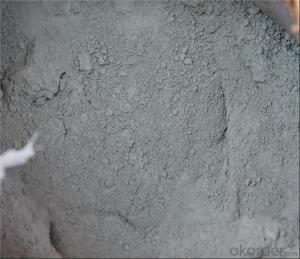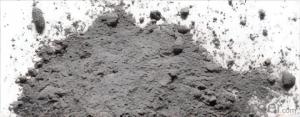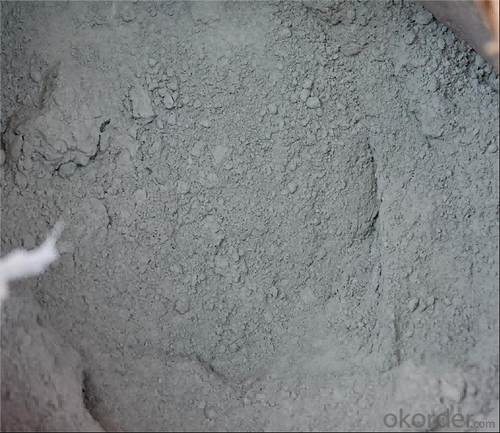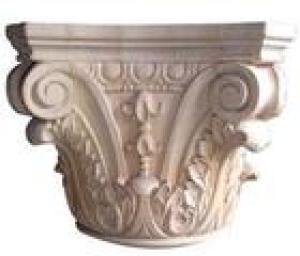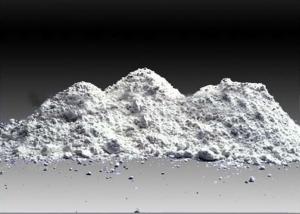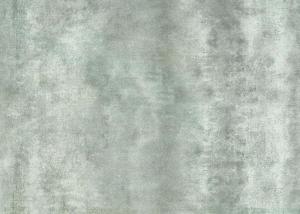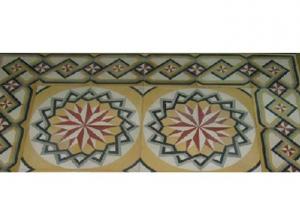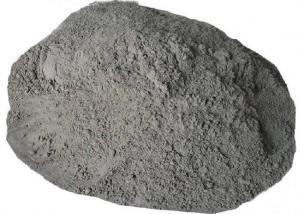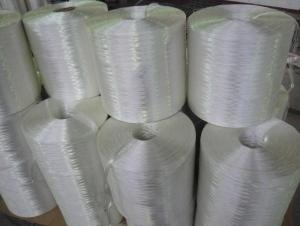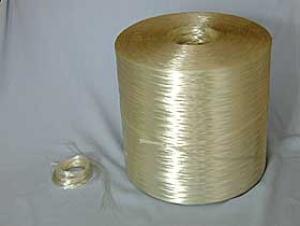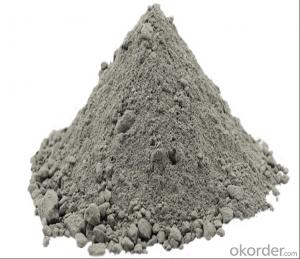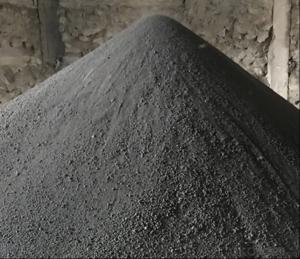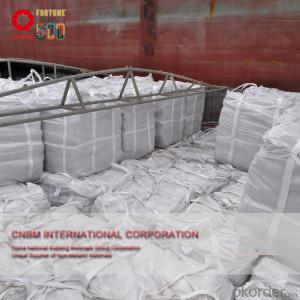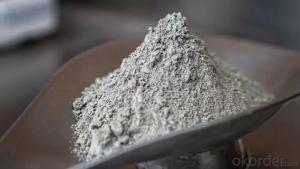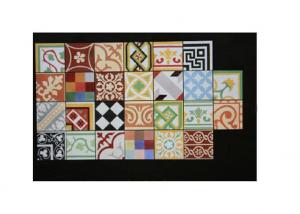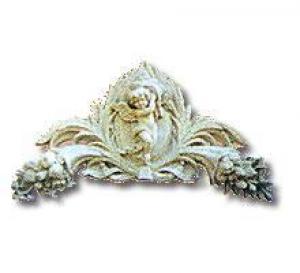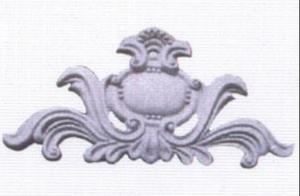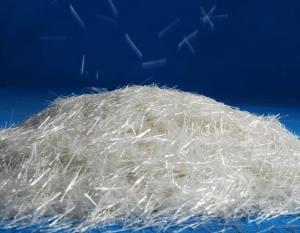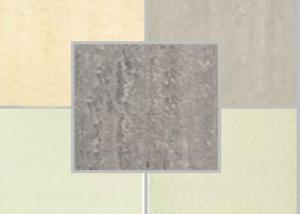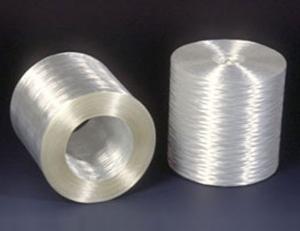Highest quality for Portland cement CEM I 52.5N
- Loading Port:
- China main port
- Payment Terms:
- TT OR LC
- Min Order Qty:
- 1000 m.t.
- Supply Capability:
- 500000 m.t./month
OKorder Service Pledge
OKorder Financial Service
You Might Also Like
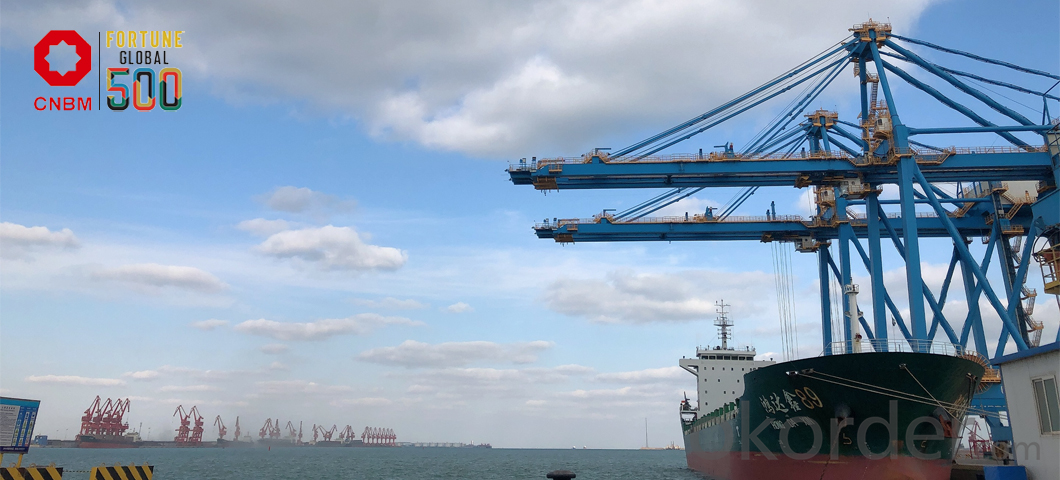
PORTLAND CEMENT
Portland cement is the most common type of cement in general use around the world, used as a basic ingredient of concrete, mortar, stucco, and most non-specialty grout.
It is a fine powder produced by heating materials in a kiln to form what is called clinker, grinding the clinker, and adding small amounts of other materials.
Several types of Portland cement are available with the most common being called ordinary Portland cement (OPC) which is grey in color, but a white Portland cement is also available.
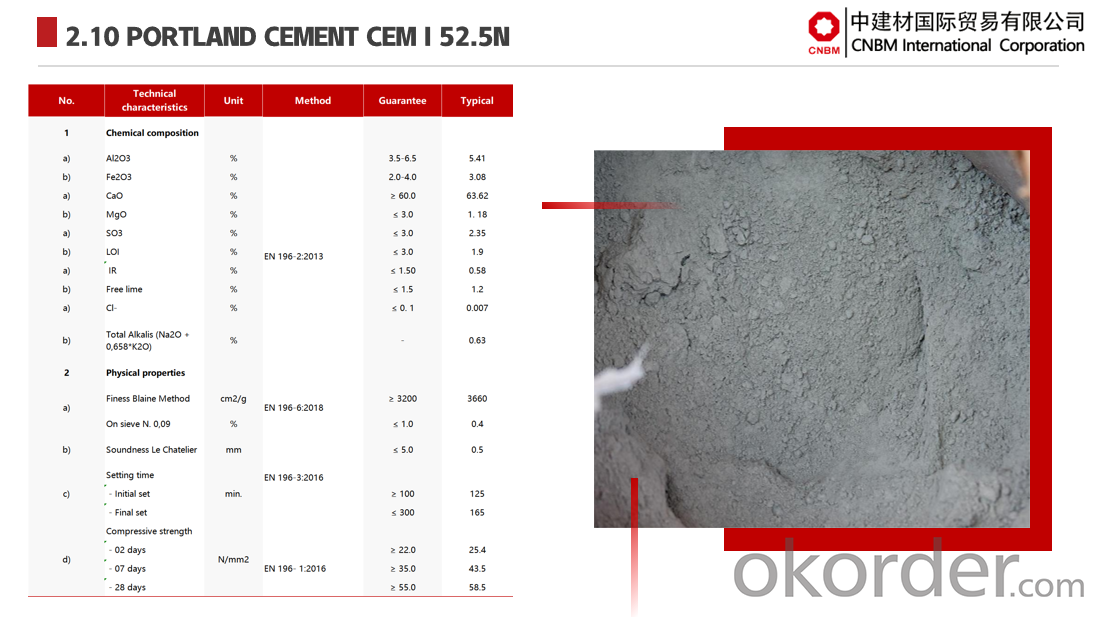
Application
CNBM Cement can be used for all types of architectural or structural concrete construction. Such application as pre-cast panels and systems, cast-in-place, masonry units, tilt-up panel systems, roofing tiles, terrazzo floors, highway median barriers, tile grout, swimming pools, stucco, culture stone,colored masonry products, cement paints and coatings, and ornamental precast concrete items.
CNBM INTERNATIONAL CORPORATION (short for the Company) is a subsidiary of China National Building Material Group Co., Ltd. (short of CNBM Group). China National Building Material Group is a state owned enterprise under directly management of the State-owned Assets Supervision and Administration Commission of the State Council, and ranked 187 in the world's top 500 in 2019. China National Building Materials Group is the world's largest comprehensive building materials industry group, the world's leading new material developer and comprehensive service provider, and has the strongest scientific research strength in the field of building materials and non-metal new materials. CNBM INTERNATIONAL CORPORATION is a brand-new platform built by China National Building Materials Group that focuses on non-metallic materials trading.
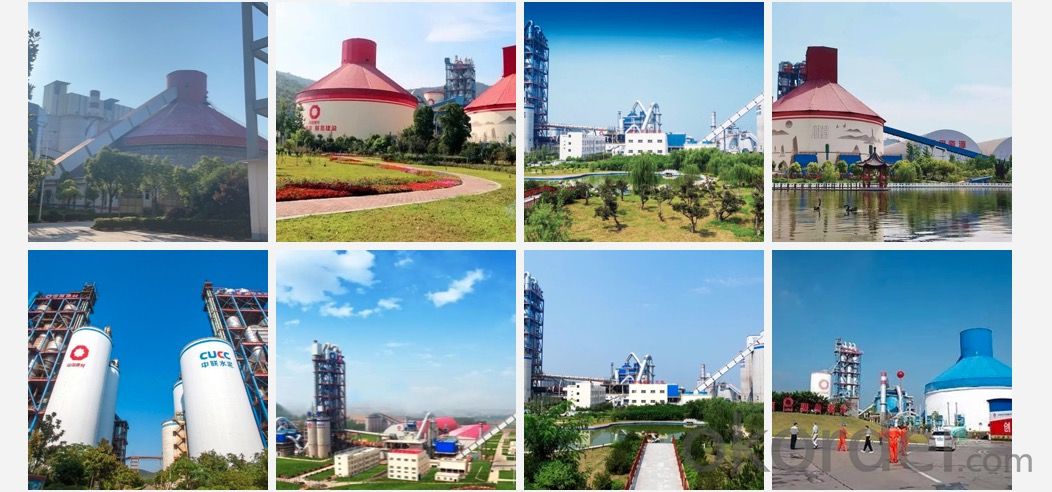
Q:Are you a trading company or manufacturer?
A:CNBM is a large-scale central governmental industrial group with its own manufacturing sector, research and development sector, trading sector and logistics sector.
Q:I have some special requirement about specifications.
A:We have a well-rounded product range, which endows us with the capability of applying many special specifications. Please feel free to contact us with yours.
Q:Do you accept OEM service?
A:Yes, we do.
Q:What is your delivery time?
A:It depends on the size/complexity of your order and our own production schedule. Usually we provide a faster delivery than the industry's average.
Q:What is the payment term?
A:TT and LC are both Okay.
Q:Can I have my own logo on the product?
A:Sure, we can apply your own logo on the products according to your drawings.
- Q: We are having our bathroom remodeled at our apartment and while demolishing the walls and ceiling, powder like cement dusts have entered the walk-in closet and landed on our clothes. It looks as if we had a dust storm.Is it okay to just shake off the dusts and re-hang 'em? or do I need to wash them? The apartment is probably like more than 60 years old. I have no idea what they put in cements back in the days. :-(
- They often used asbestos in cement products to make it more pliable and workable before it was prohibited as a additive. Those sparkly ceilings were about the worse offenders. Even if you have asbestos free dust, it isn't good to breath it. We aren't built to breath dust. When it gets in our lungs it often coats our insides. Usually it takes years to feel the effects. We have aleovea or air sacs that help in the gas exchange in our lungs. The dust can cause them to burst like balloons. The particles then fall down and destroy the next one. Finally you just suffocate. Smoking tobacco helps acerbate the problem. The dust needs to be removed. Watch the sunlight streaming in the windows. You will see little floaters called motes dancing on the beams. When you walk or move you will see an increase in their numbers. These are what is going into your lungs. Yes, take the clothes outside and beat the dust off them. Then wash them to remove the dust stuck to the fibers. Open the windows to help air out the dust that remains. The more dust that remains: the greater the risk to you. The dust is even more devastating to children. The younger they are the more lasting damage it can produce.
- Q: hi, I was wondering if anyone could suggest an adhesive more permanent than rubber cement. I am making a package and wanted to glue something onto the package for a friend. also, is there a difference in the level of adhesive-ness between rubber and paper cement? also, what's the difference between the one coat and two coat rubber cement?thanks in advanced,craftgoth420
- We're gettin better man! :)
- Q: Some say it is, some say it isn't. I'm wanting to create a vaulted tunnel below grade and I need it to be able to resist the standard tendency for cement fines to wash away in wet conditions.
- Most construction cements today are hydraulic, and most of these are based on Portland cement, which is made primarily from limestone, certain clay minerals, and gypsum in a high temperature process that drives off carbon dioxide and chemically combines the primary ingredients into new compounds. Non-hydraulic cements include such materials as (non-hydraulic) lime and gypsum plasters, which must be kept dry in order to gain strength, and oxychloride cements, which have liquid components. Lime mortars, for example, set only by drying out, and gain strength only very slowly by absorption of carbon dioxide from the atmosphere to re-form calcium carbonate through carbonatation.
- Q: i was just wondering cuz i saw sum1 doing it today......
- It depends, but the people who laid the wet cement down would probably get really angry.
- Q: how to remove white cement?
- Only way is to use a hammer and chisel. It would have been easier if you said what the white cement was on. Is it a driveway? or cement splattered on something.
- Q: I know this is a funny question but my friend and i have wondered this.Thanks and God Bless!
- Gravel. Usually when you run over gravel it spits out the side or back of the road, eventually it moves so far away from road traffic, it never gets run over again. Luck and care,
- Q: i know from other people, that you can buy this siding as cheap as $1.00 per SF, but where can i buy it from every store i checked its like $1.61 per SF,i live in WA 99352 ,if it helpsthanks
- James Hardie company makes many cement board products for the building industry, including Hardi-Plank for siding, Hardi-backer to put behind tile or stone in damp areas, etc. Their products are all excellent quality, and are worth the cost -- I use them extensively. Cement board is heavy and somewhat brittle -- buy it locally from a quality vendor (Lowes, etc) and don't worry about the few cents difference between what you heard and what you see. You're getting excellent value, and freedom from unnecessary maintenance. Rejoice.
- Q: advisable storage method of cement?
- Not sure I understand the question - Is it a ready mix powder, already mixed and you want to keep it so it can be applied later, or hardened cement that you want to dispose of? if A) Ready mix powder can be stored in any water tight container (bag, box or barrel). B) Mixed powder must be applied before the curing sets in. From the moment you add the water, the curing starts. Curing in cement is aided by water, not by oxygen. So unless you can freeze the mixture, it will be very difficult to slow, much less stop the curing process. So, for all practical purposes, you cannot store cement. Think of curing like a bucket of chain links - at first all the links are separate and you can easily stir the bucket (well, OK - lets assume these are small chain links...). But as the curing proceeds, the chain links connect with each other. So no imagine that you try to stir the bucket of linked chain. Even if the links are only 50% linked (meaning there are still 50% of the links with not even their first link completed) the bucket becomes progressivelyy hard to stir, until eventually you just have a bucket of metal links all attached to each other - You would be able to stir or re-shape it anymore. C) Lastly if you want to dispose of cured cement (say after your done working) it can be disposed of in the regular trash, but many cities like you to bring it to the dump vs having your plastic trash bin suffer the effects of a heavy, sharp-edged object being tossed around in it as well as the safety issue it poses to the trash collection worker.
- Q: design criteria for cement concrete
- Here in Indiana we do the following: Water/Cement ratio Slump Air Content Yield Beams for Flexural Strength Cylinders for Compressive Strength
- Q: please tell me the order of increasing strength of cement mixtures1)cement mixed with river sand 2)cement with lime3)cement with pitsand4)cement with rice huski think order is 2 gt; 3gt;4gt;1 (strength)i am not sure.please tell me the correct answer along with explanation.
- we assume the cement (Portland cement) is of the correct ratio. we also assume we are talking about compressive strenght when we have just enough cement to fill the spaces between the rock we have reached the maximum strength. number 2. is no good as it reacts with the cement mixture number 4. allows for compression and cracking of the cement. number 3. .....pits i dont know what is pits number 1. is the same as rock ......the best here so .... the order my guess ....... 2,4,1
Send your message to us
Highest quality for Portland cement CEM I 52.5N
- Loading Port:
- China main port
- Payment Terms:
- TT OR LC
- Min Order Qty:
- 1000 m.t.
- Supply Capability:
- 500000 m.t./month
OKorder Service Pledge
OKorder Financial Service
Similar products
Hot products
Hot Searches
Related keywords
